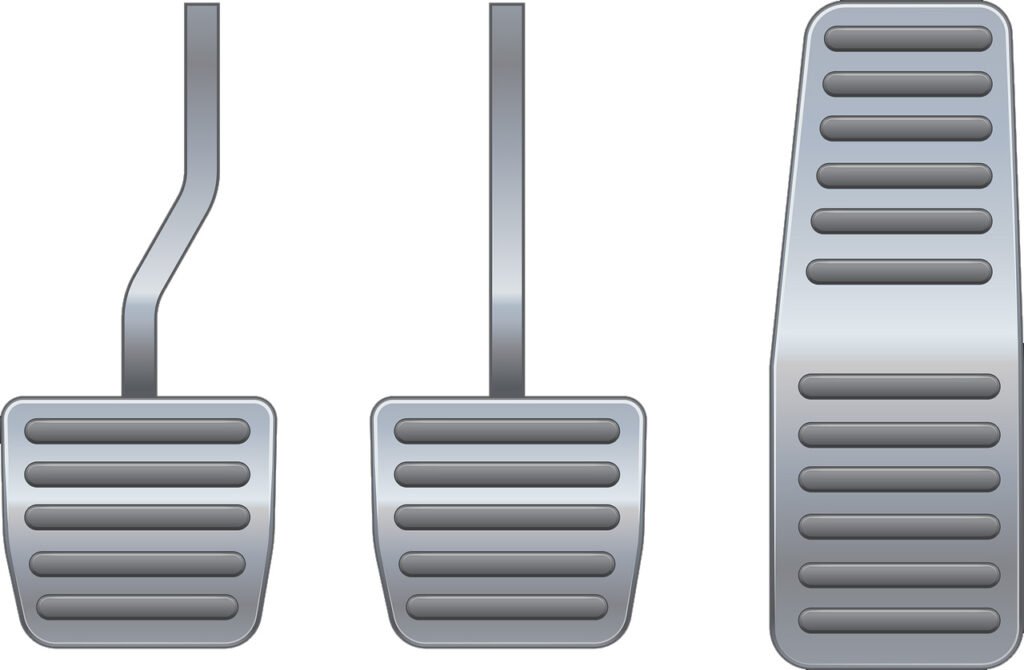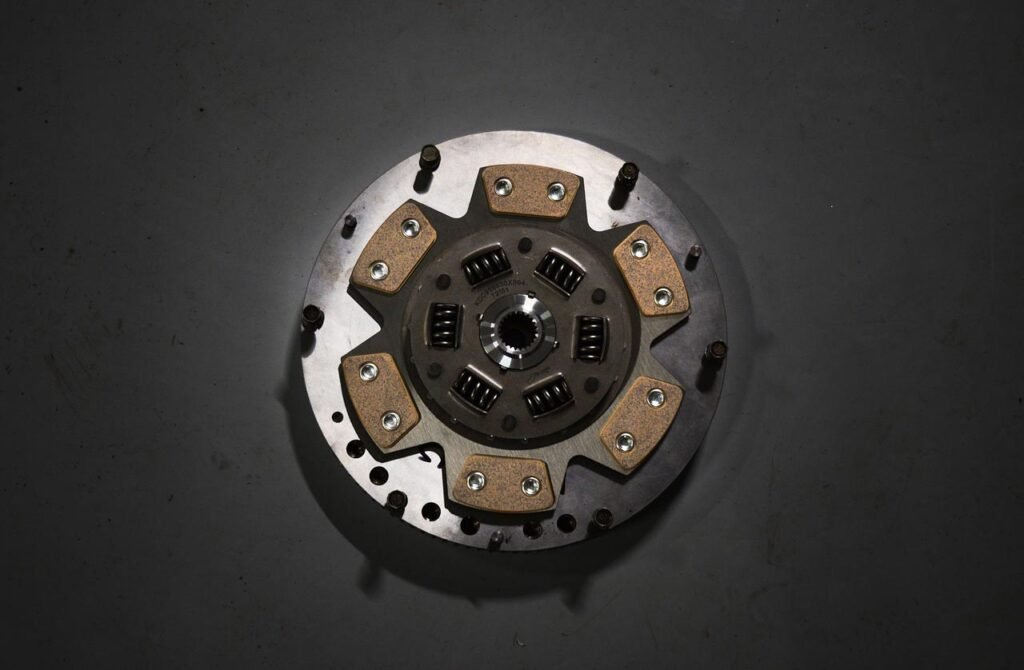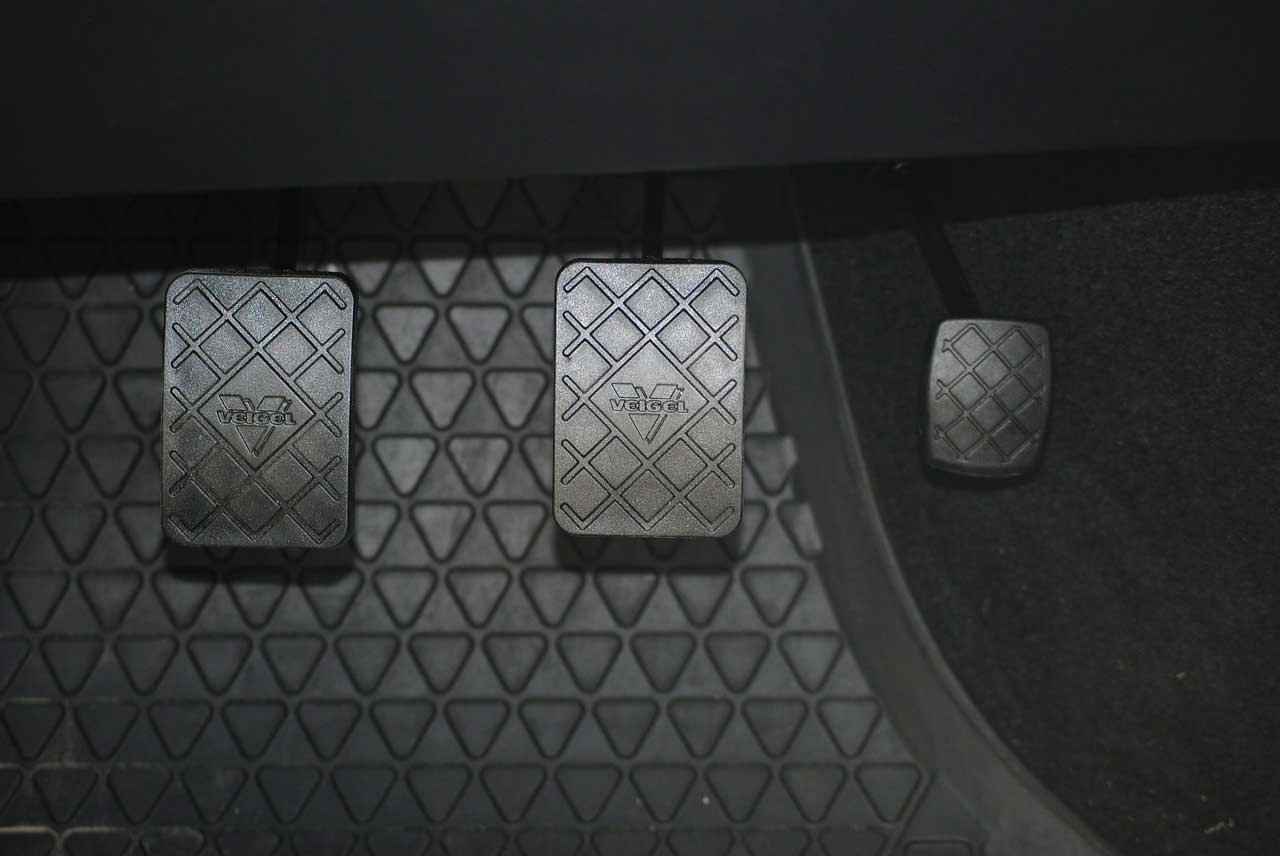What Does the Clutch Pedal Actually Do
An average driver doesn’t have to learn about all the components of their vehicle. However, sometimes it’s vital to be familiar with some elements of your vehicle to notice potential malfunctions. It’s also essential to learn what mechanical devices you need to use to start your vehicle and operate it in normal driving conditions. A clutch is one of those mechanical devices. If you’re driving a manual car, it is one of the most important elements in your vehicle.
How come most people fail to realize what does the clutch pedal do? That is because most people tend to learn how to operate their cars, but don’t have enough time to study each part before their driving lessons. However, it’s good to know the basics and invest more time to familiarize yourself with other crucial components of your car as well.
What is a clutch

All manual car drivers know how to locate a clutch. They interact with this part of the car daily, but most of them are not familiar with the mechanics. That is a gadget that transfers the rotational power from the engine to the wheels. It can be found in all manual vehicles, and without it, you won’t be able to manage your manual transmission car and take turns. It connects at least two rotating shafts. The clutch handles the connection between the engine shaft and the shafts which turn the wheels. That makes is one of the vital parts of every manual transmission car.
What is the purpose of the clutch
The engine generates power from the moment you turn on your car. All the mechanical parts are rotating, but as you can notice, the wheels are not always spinning. It is attached to the engine. To be able to stop the car or change the speed without turning off the engine, this connection needs to be broken. Once the connection is interrupted, you can turn off the car or change the speed without turning the wheels.
Parts of the clutch

There are two vital parts of the clutch that you need to remember. The first is the clutch plate, and the second is the flywheel. Each clutch plate has two friction surfaces. A set of springs will push the pressure plate up against the clutch plate if your foot is not resting on the clutch pedal. The pressure that comes from the springs will also accelerate the clutch plate towards the flywheel. This type of movement will fix the engine to the shaft to transfer motion to the wheels.
On the other hand, if you push the clutch pedal, you will be pressing your foot on the release fork. The release fork will pull the pressure plate away from the clutch base. This process breaks the tie between the wheels and the rotating engine. Once the tie is broken, the wheels will be able to continue to spin, however, not thanks to the engine power. You will learn more about how to use the clutch once you start taking manual driving lessons. It’s vital to talk to your instructor if you need more information about what the shaft does and how exactly it operates the vehicle.
Types of clutches
There are various types of clutches that manufacturers use in automobile industries. Friction and centrifugal clutches are the stars of the market. However, most automobile manufacturers use friction clutches when producing manual transmission systems for vehicles. To engage or disengage the flywheel and the transmission, a friction clutch uses a clutch disk, a release bearing, and a pressure plate. There are other types of clutches, such as electromagnets or vacuum clutches, but they’re not as common as the first example.
Conclusion
Now that you know what a clutch does, it will be easier to prepare yourself for the driving lessons. If you need more explanation and want to learn about other vital parts of your manual transmission vehicle, contact your driving instructor. They will be able to provide more information and teach you how to command over the clutch in your car. Don’t forget about other vital parts of your car, because learning about them is essential too. Your mechanic can tell you more about the possible signs of malfunctions and how to detect them. Use the knowledge to become a responsible driver.




